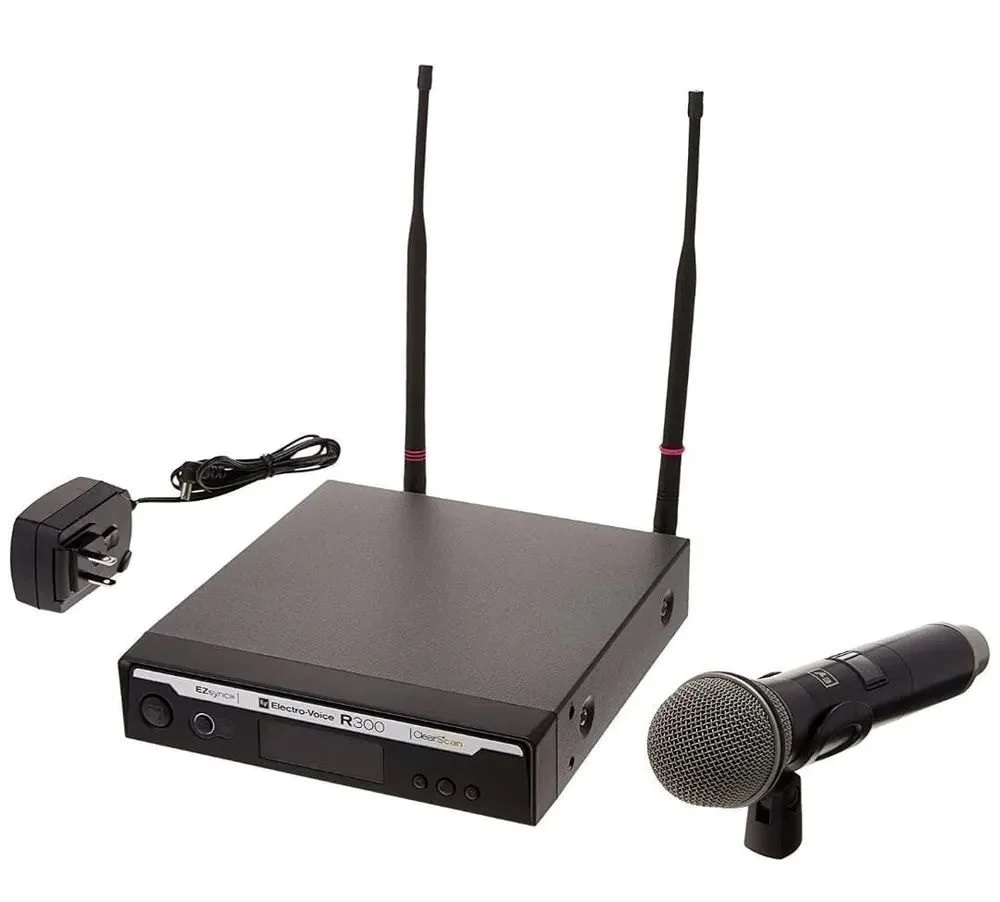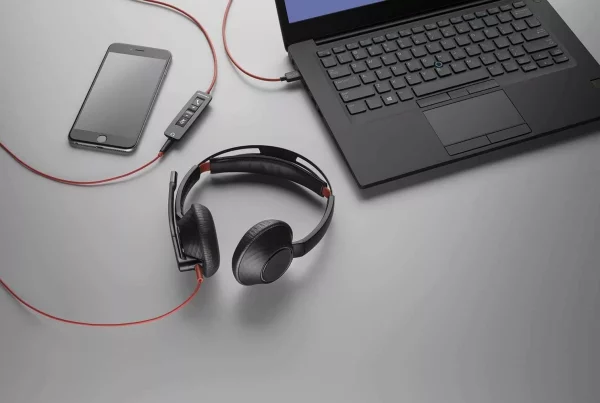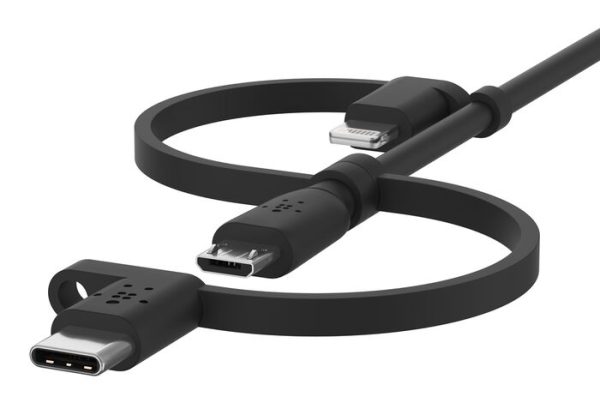Introduction
Getting started with a wireless microphone doesn’t have to be complicated. If you’ve recently picked up the Bosch HT-300-A Wireless Microphone Transmitter, you might be wondering how to handle the Bosch HT-300-A wireless transmitter setup without stress. The good news? You’re not alone—and it’s easier than you think. This guide walks you through everything from unboxing to live use, in a way that feels more like friendly advice than a tech manual.
Whether you’re setting up for a church service, conference, or live show, the Bosch HT-300-A wireless transmitter setup doesn’t need to be intimidating. We’ll walk you through clear steps, share practical tips, offer troubleshooting advice, and even point you to where you can shop Bosch Electro-Voice HT-300-A Wireless Transmitter if you haven’t grabbed one yet.
Table of Contents
- Introduction
- Unboxing the Bosch HT-300-A
- Installing the Batteries Correctly
- Pairing the Transmitter with a Receiver
- Adjusting Frequency Settings
- Finding the Best Settings for Clear Audio
- How to Use the Bosch HT-300-A During Events
- Common Bosch Transmitter Troubleshooting Tips
- Optimizing the Setup for Stage Performances
- Tips for Using It in Live Sound Environments
- Bosch HT-300-A User Manual Tips You Shouldn’t Skip
- Where to Buy the Bosch HT-300-A Online
- Conclusion
- FAQs
Unboxing the Bosch HT-300-A
Unboxing this transmitter feels a bit like opening a new smartphone—you want to admire it but also get straight to using it. Inside the box, you’ll typically find:
- The Bosch HT-300-A wireless microphone transmitter
- A user manual
- Protective packaging
- Battery compartment area (batteries not included)
Before you throw anything away, double-check that all components are intact. It’s always good to read the manual, but if you’re like most of us, you’d rather learn by doing—and that’s where this guide comes in.
Installing the Batteries Correctly
Battery installation is step one to powering your sound. The transmitter requires two AA batteries, which are inserted into the compartment at the bottom.
Tip: Always use high-quality, fully charged batteries to avoid mid-performance dropouts.
Slide open the compartment, insert the batteries according to the polarity indicators, and slide it back in place. If you hear a click, you’re good to go.
Pairing the Transmitter with a Receiver
Think of pairing like matching dance partners—they need to be on the same wavelength (literally). Follow these Bosch HT-300-A pairing instructions:
- Turn on both the transmitter and your receiver.
- Set both to the same frequency channel. This is usually done via a dial or menu button on each device.
- A signal indicator light should glow on both units once they’re successfully paired.
Need help choosing a receiver? We recommend checking out other ProMallShop blog posts for device compatibility and reviews.
Adjusting Frequency Settings
This is where many users get stuck. But trust me—it’s not rocket science. Adjusting the Bosch HT-300-A frequency settings is essential to avoid interference from other wireless devices.
Use the frequency selector on the transmitter to choose a clear channel. Most modern venues already have recommended frequencies, or you can use a frequency scanner if available.
Pro Tip: Avoid channels already used by Wi-Fi routers or TV stations.
Finding the Best Settings for Clear Audio
Once your devices are paired, it’s time to tweak the audio. This step is key to Bosch HT-300-A audio clarity optimization.
- Gain Control: Keep it balanced—not too low, not too hot.
- Microphone Placement: Hold the mic 2-3 inches from your mouth.
- Avoid Obstructions: Clothing, walls, and even your body can block the signal.
Imagine your voice is like water flowing through a pipe—you don’t want anything clogging it.
How to Use the Bosch HT-300-A During Events
Whether it’s a wedding toast or a town hall, this transmitter shines in live settings. Here’s how to make the most of it:
- Test the system 30 minutes before the event.
- Keep extra batteries on hand.
- Avoid walking too far from the receiver—stay within 100 feet for best results.
If you’re managing a wireless microphone system for events, this step can make or break your presentation.
Common Bosch Transmitter Troubleshooting Tips
Having trouble? Don’t panic. Here’s a quick Bosch transmitter troubleshooting checklist:
Problem | Solution |
No sound | Check batteries, mute switch, and frequency match |
Dropouts | Reduce distance to receiver or switch frequency |
Static noise | Try a new channel or move away from interference sources |
Sometimes the fix is as simple as turning it off and on again—don’t overthink it.
Optimizing the Setup for Stage Performances
If you’re a performer, speaker, or emcee, your mic is your lifeline. Use these Bosch HT-300-A stage performance setup tips:
- Test sound levels before going live.
- Place the receiver on an elevated surface.
- Use anti-slip tape to secure the transmitter on your body or instrument.
This gives you the freedom to move without worrying about signal issues.
Tips for Using It in Live Sound Environments
Live sound can be unpredictable, but the Bosch HT-300-A live sound setup gives you flexibility. Always:
- Coordinate with the sound engineer.
- Use foam covers for the mic to cut wind noise.
- Label your channels if you’re managing multiple mics.
Bosch HT-300-A User Manual Tips You Shouldn’t Skip
Here are a few gems from the Bosch HT-300-A user manual tips you should definitely pay attention to:
- Always power off before changing frequencies.
- Clean the mic grill regularly to maintain clarity.
- Store in a dry, cool place to protect the internal circuits.
These small practices extend the lifespan of your equipment.
Where to Buy the Bosch HT-300-A Online
Looking for a reliable place to order the transmitter? You can shop Bosch Electro-Voice HT-300-A Wireless Transmitter directly from Promallshop. They offer:
- Competitive pricing
- Authentic products
- Customer support
Why wait? Secure yours today.
Conclusion
Setting up the Bosch HT-300-A wireless microphone transmitter is easier than you think. With the right steps and a little patience, you’ll enjoy clear, reliable audio every time. Whether you’re speaking at a community event, leading a worship service, or performing on stage, this device delivers.
Remember: it’s not just about connecting devices. It’s about connecting with your audience—and this transmitter makes that effortless.
FAQs
Look for the signal indicator light on both the transmitter and receiver. If both lights are solid, you’re good to go.
Yes, but ensure they are high-capacity and fully charged. Standard AA rechargeable batteries work well.
You’ll get the best performance within a 100-foot line of sight. Walls and interference may reduce this.
Stay within range, avoid signal obstructions, and use a clean frequency channel.
Yes! Here’s a helpful YouTube guide: Bosch Wireless Microphone Setup Tutorial





